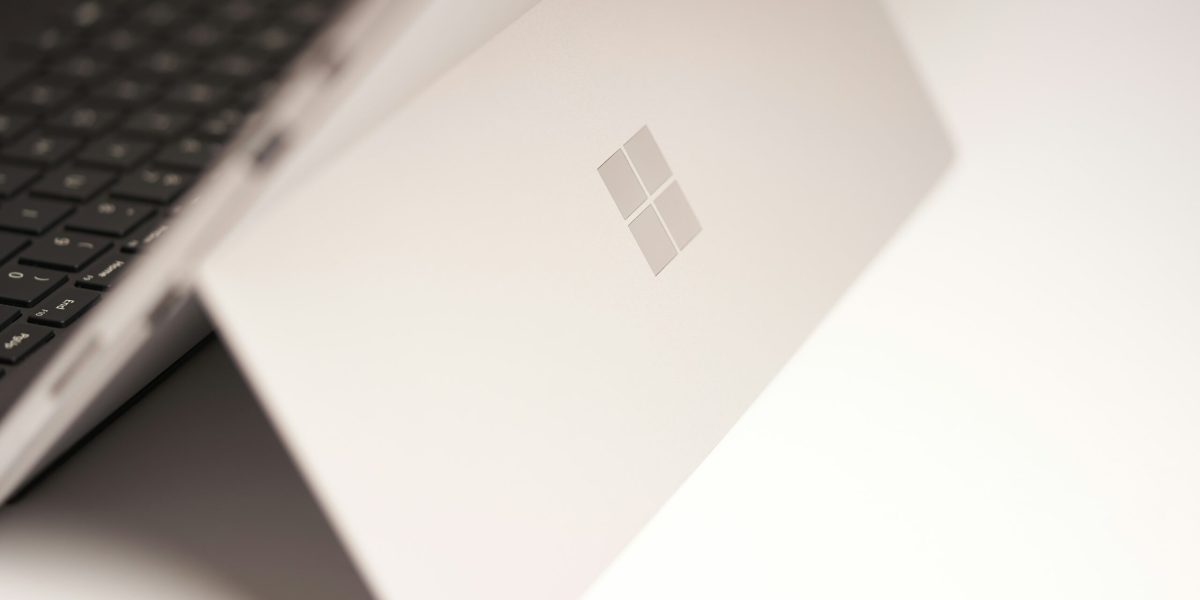Account takeovers don’t always look like “hacks.” Most of the time they look like a normal sign-in that just happens to be controlled by a criminal. That’s why advanced login security is one of the highest-ROI improvements a small or midsize business can make: fewer passwords to steal, stronger checks when someone signs in, and clear signals so you can spot and stop risky activity fast. In plain terms, advanced login security keeps attackers out without slowing your team down.
Why advanced login security is your first line of defense
The easiest way into a business is still a stolen or guessed password. Attackers phish, reuse leaked credentials, or brute-force weak logins. If all you have is a password, you’re betting your company on a string of characters that might already be in a breach dump. With advanced login security, you make that password far less valuable by adding phishing-resistant multi-factor authentication (MFA), device health checks, risk-based sign-in policies, and monitoring. The result is a smaller attack surface and a calmer workday.
Done right, these controls don’t trade productivity for protection. Passkeys and single sign-on (SSO) reduce login friction; conditional access lets people work from anywhere when their device and sign-in risk look clean; least-privilege access limits damage even if something slips through. This is not security theater. It’s everyday scaffolding that helps a lean team move fast without leaving the front door open.
What “good” looks like with advanced login security
Let’s turn strategy into steps. Below are practical, deployable actions that reduce password exposure, prove identity with stronger signals, and contain incidents early.
1) Modernize passwords and then move beyond them
Start with passphrases (15+ characters), a business-grade password manager, and breach-password checks so known-compromised passwords are blocked. Shift to phishing-resistant MFA (authenticator app or hardware key) rather than SMS codes. Then pilot passkeys (passwordless) on your most important apps so a traditional password isn’t even part of the attack surface. These moves align with the NIST Digital Identity Guidelines and should be table stakes for advanced login security.
2) Stop “MFA bombing” and other social engineering
Attackers spam users with prompts until someone taps “Approve” by mistake. Turn on number matching and prompt timeouts so mindless approvals stop working. Coach people to approve MFA only when they initiated the sign-in. These small tweaks dramatically increase the real-world strength of your MFA without adding daily friction.
3) Use SSO so there’s less to phish
SSO concentrates identity into a platform you can actually secure and monitor. Fewer passwords mean fewer targets for attackers and fewer tickets for your team. In the context of advanced login security, SSO is a force multiplier—especially when combined with passkeys and phishing-resistant MFA.
4) Make device posture part of the sign-in
Bad devices make bad logins. Require endpoint detection and response (EDR), OS and browser patching, full-disk encryption, and screen lock. Block legacy protocols like POP/IMAP and require modern authentication everywhere. Tie sign-in permission to device health: if a laptop is missing EDR or dangerously out of date, it can’t reach sensitive apps. Device trust is a core signal in advanced login security because it catches problems before they become incidents.
5) Least privilege and quarterly access reviews
Limit blast radius. Give users only what they need, separate admin accounts from day-to-day identities, and end shared logins. Calendar a quarterly access review to remove stale rights and verify who still needs elevated access. Least privilege is a pillar of advanced login security because a compromised low-privilege account causes far less damage than a compromised all-access account.
6) Email and domain protections cut risky clicks
Email is still the front door for most account hacks. Turn on advanced phishing/malware filtering and enforce SPF, DKIM, and DMARC to stop spoofing. Train for “the click moment” using short, frequent awareness nudges—real screenshots from your tools, not generic slides. These steps dramatically reduce the dangerous prompts that undermine even good advanced login security.
7) Conditional access policies you can defend
Use risk-based rules: block or challenge by country, require compliant devices for sensitive apps, and step up authentication when a sign-in looks odd. Alert and contain on “impossible travel,” atypical locations, or rapid-fire failures. Policy beats hope—especially when you need to explain decisions to leadership or auditors. For practical awareness resources to reinforce these habits across your team, CISA’s Cybersecurity Awareness Month Toolkit is a helpful companion to your internal training.
8) Build incident muscle before you need it
Assume something weird will happen and make it uneventful. Write simple runbooks for account lockouts, resets, and evidence capture. Monitor public breach dumps for exposed credentials and rotate immediately if your domains appear. Keep verified backups so credential abuse can’t become an operational shutdown. This turns “panic” into a predictable process and completes the advanced login security loop—detect, contain, recover.
What to measure so you know it’s working
Security that isn’t measured turns into vibes. Track MFA coverage across users and apps; watch risky sign-ins and time-to-respond; measure first-contact resolution for identity tickets; and report time-to-detect and time-to-contain. Trend these numbers and close gaps you can explain. Mature advanced login security looks like rising coverage, falling risky events, and faster, calmer responses.
Your 90-day advanced login security plan
Days 1–30: Baseline and quick wins. Turn off legacy protocols, mandate a password manager, block breached passwords, enable phishing-resistant MFA for admin and executive accounts, and publish a one-page lockout/runbook. Identify 2–3 priority apps for a passkey pilot. Document current device compliance and email filtering.
Days 31–60: Expand and standardize. Roll phishing-resistant MFA to remaining users, introduce SSO where practical, and enable number matching to prevent MFA bombing. Create least-privilege guardrails (no shared accounts, separate admin identities). Begin conditional access with low-risk policies (for example, require compliant devices for sensitive apps).
Days 61–90: Tune and report. Expand passkeys to more apps, add risk-based policies (country/device-risk blocks), and implement an access review cadence. Publish a simple monthly identity scorecard so leadership sees progress and budget isn’t a surprise. By day 90, advanced login security should feel boring—in the best way.
Cost, culture, and communication
Advanced controls don’t have to be expensive or complicated. Use the features you already license first, then fill gaps intentionally. Keep the culture piece small and frequent—micro-trainings, quick reminders, and simple checklists people actually follow. Communicate progress in outcomes: fewer risky sign-ins, faster resolution, and happy users who can work from anywhere without friction. That’s the everyday win of advanced login security.
Where we fit (and how to get started)
If you want help sequencing the work, we’ll map your identity landscape and build a 90-day plan that puts advanced login security to work for your team. We typically start with a short workshop, a passkey pilot, and a conditional-access starter set—then hand you a simple scorecard so everyone sees progress.
Microsoft 365 Security & Conditional Access • Backup & Recovery





